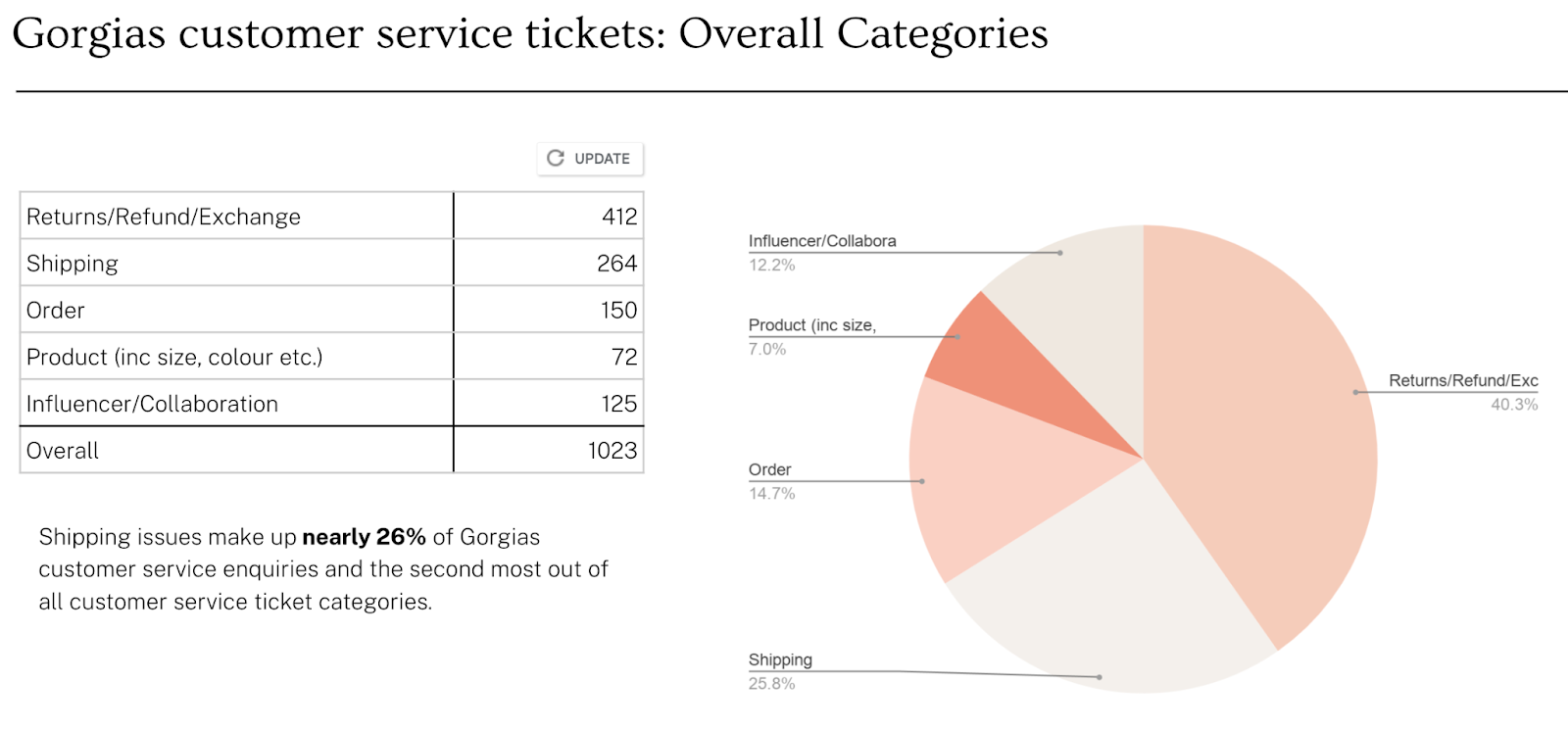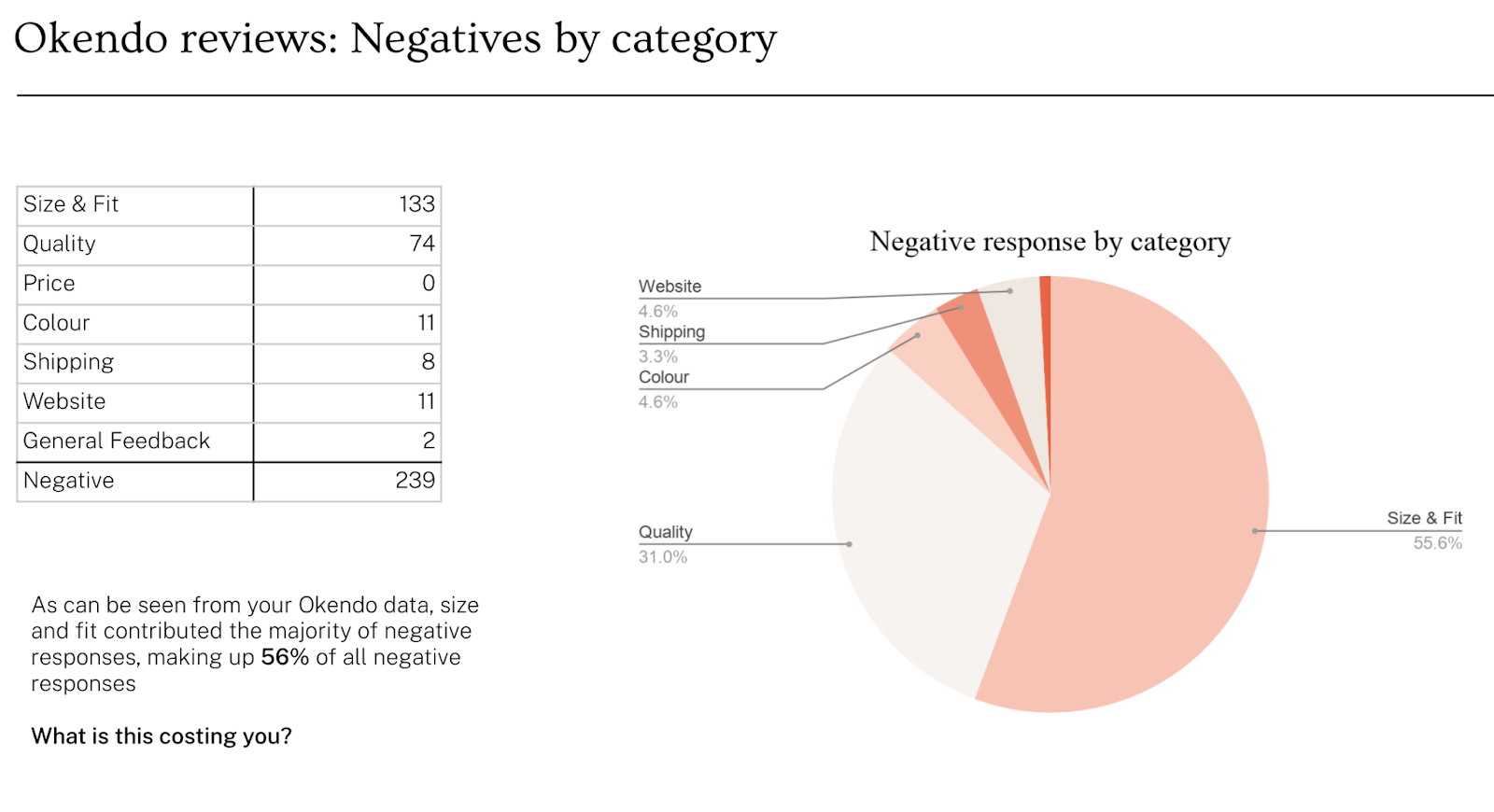Voice of Customer Analysis: Leveraging Passive Feedback to Inform CRO
Voice of customer analysis can unlock great potential for your brand. In this article, Sean Clanchy, MD of Swanky Australia, explains exactly how to leverage VoC and why it’s important.
Written By
Sean Clanchy

With an increasing number of brands battling it out online to win clicks and conversions from consumers, improving the customer experience should be central to your strategy. Shoppers have more choice than ever before, and it’s the brands who provide an elevated experience who’ll be successful in driving conversion rates.
As such, retailers should be continuously looking to improve the customer experience through experimentation and optimisation programs – also known as Conversion Rate Optimisation (CRO). A successful CRO program requires access to rich and insightful data – both quantitative and qualitative.
In this article, I will discuss how the voice of customer (VoC) found in passive feedback can be leveraged to inform your approach to CRO. But first, let’s define some key terms.
What is voice of customer?
VoC is the narrative that surrounds a brand, as told by its customers. The term is used to describe customer feedback – both passive and active – regarding their experience and expectations, wants and needs, of a brand.
By definition, this feedback is in the customer’s own words and is impartial. Consequently, this helps companies avoid bias in their decision making because it can be informed by customer feedback, not company stakeholders.
Why is voice of customer analysis important?
Collation and analysis of VoC facilitate endless learning opportunities. Before we look at the details of this, it’s vital to understand that without VoC analysis, a company is making assumptions on what their customers want.
By creating a comprehensive VoC analysis process, brands gain a complete picture of their audience; the positives and the negatives. Having this complete picture is essential for scaling any company.
What is passive feedback?
Passive feedback is information that is indirectly gathered from customers. This can be gained from customer service messages, product reviews, social media posts and other channels.
Passive feedback is valuable because it’s an ‘always-on’ mechanism of feedback that, in the context of ecommerce, engages with more than just UX; it spans product, customer service, delivery, marketing and on-site experience.

How can voice of customer analysis inform CRO?
A successful CRO strategy requires a 360° understanding of your customers and how they behave throughout their journey with your brand.
Passive feedback can be invaluable as you try to develop this detailed understanding, because it:
- provides honest and specific insights into customers’ needs, wants and motivations;
- helps identify areas of friction that are hindering conversions;
- allows you to pinpoint meaningful opportunities for improvement;
- gives insights into things that are working well; and
- supports data-led decision making.
The understanding you gain from passive feedback and VoC analysis will inform CRO test ideas and support your work towards creating an optimal experience for your customers. The more you learn from your customers, the more changes you can test and the more improvements you can make to your customer experience.
We share some of the other benefits of feedback in this article on listening to your customers.
What steps can I take to better capture, understand and utilise passive feedback?
1. Map your passive feedback tools and data review cycles
These tools would include – but are not limited to – reviews, social media posts and customer service messages.
Also consider, and map out, the teams that can benefit from this feedback. This would typically include your design, marketing, customer service, product development and warehouse operations teams.

2. Develop a shared feedback dashboard that assimilates data from all feedback mechanisms
At Swanky this looks like connecting tools such as Okendo Review & Connect, Yotpo, Reviews.io, and customer service platforms like Gorgias, Zendesk, Helpscout and Remaze – or equivalent platforms – to our Swanky Dashboard (powered by Glew.io).
Pushing data to a unified visualisation platform like this allows feedback to be grouped and categorised, and then contextually mapped.
This process provides clear, unambiguous period-on-period reporting, thus helping companies gauge the impact of implementations made to address negative or positive feedback.

3. Develop a shared action plan
Create a shared, inter-departmental action plan and schedule a recurring review meeting with all teams or members. Monthly reviews tend to work well as it gives time for implementation, data capture and review at a reasonable cadence.
Group problems and define potential solutions, scoring these solutions using an arbitrary system – we tend to use the ICE product development and feature prioritisation system – to avoid senior management dominating roadmaps or blocking delivery.
Once solutions are scored and immediate actions have been agreed upon, assign actions to team members and set an appropriate review timeline. This may be as short as fortnightly for an onsite A/B test, or YoY for a product design alteration.

4. Review, repeat and share
Once a rhythm has been established for this process, learnings need to be captured and shared across teams. This enables others to benefit from what’s been learnt and demonstrates a company-wide commitment to, and process for, optimisation.
An example of this might look like:
“Highlighting feature X on the product page improved conversion rates by 12% – we should let the marketing team know for their content creation, social ads, etc.”
Others are also able to apply this process to their own departments and teams – encouraging a company-wide approach to feedback-informed optimisation.
How can Swanky’s CRO service help your brand?
When it comes to data-led strategy, Swanky’s CRO services are award-winning and industry-leading precisely because data is our driving force and guide. Our in-house strategists are well-versed in compiling and analysing data, and then using that information to drive conversion rates.
Wherever your brand’s data and CRO strategy stands, Swanky can help take it to the next level. Get in touch to start a conversation today.

